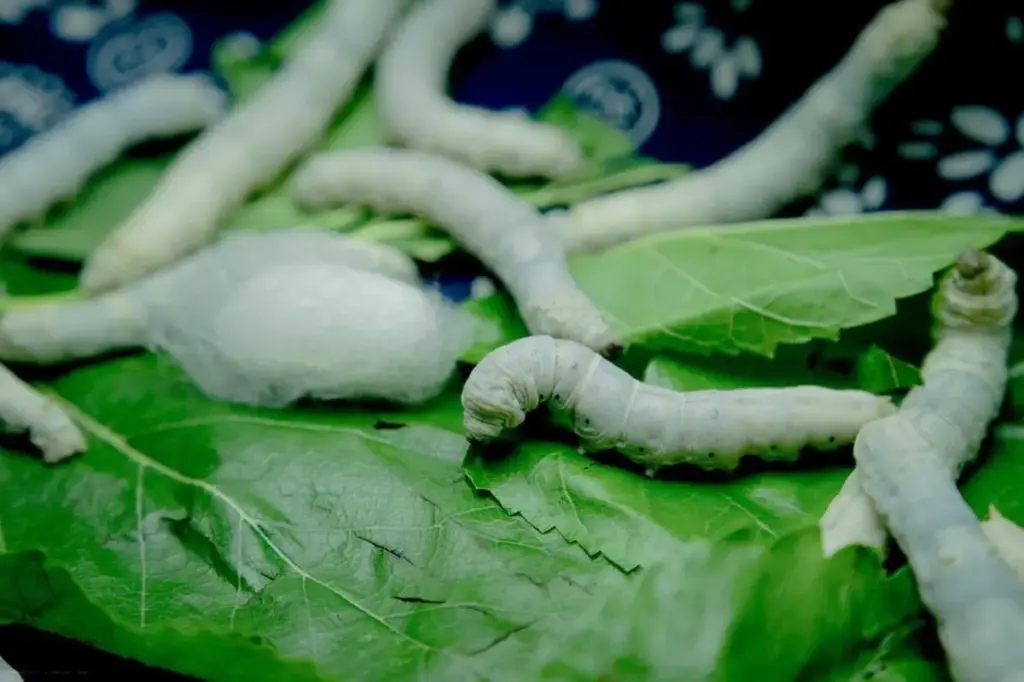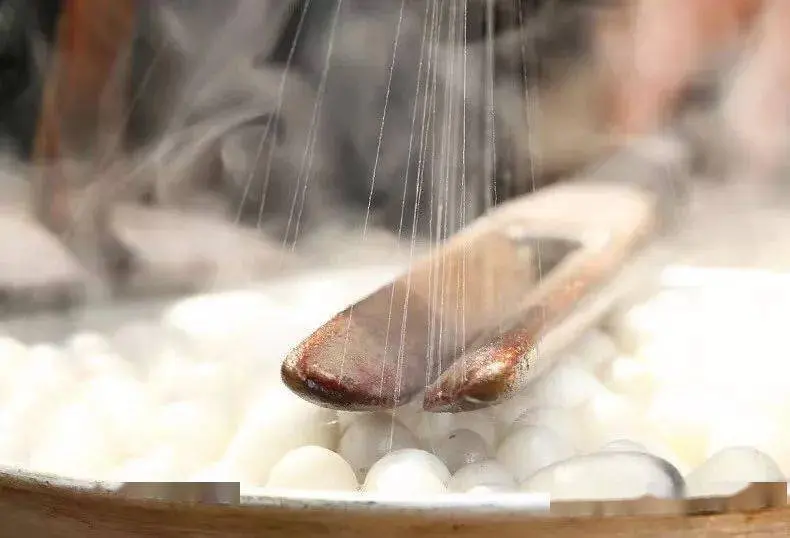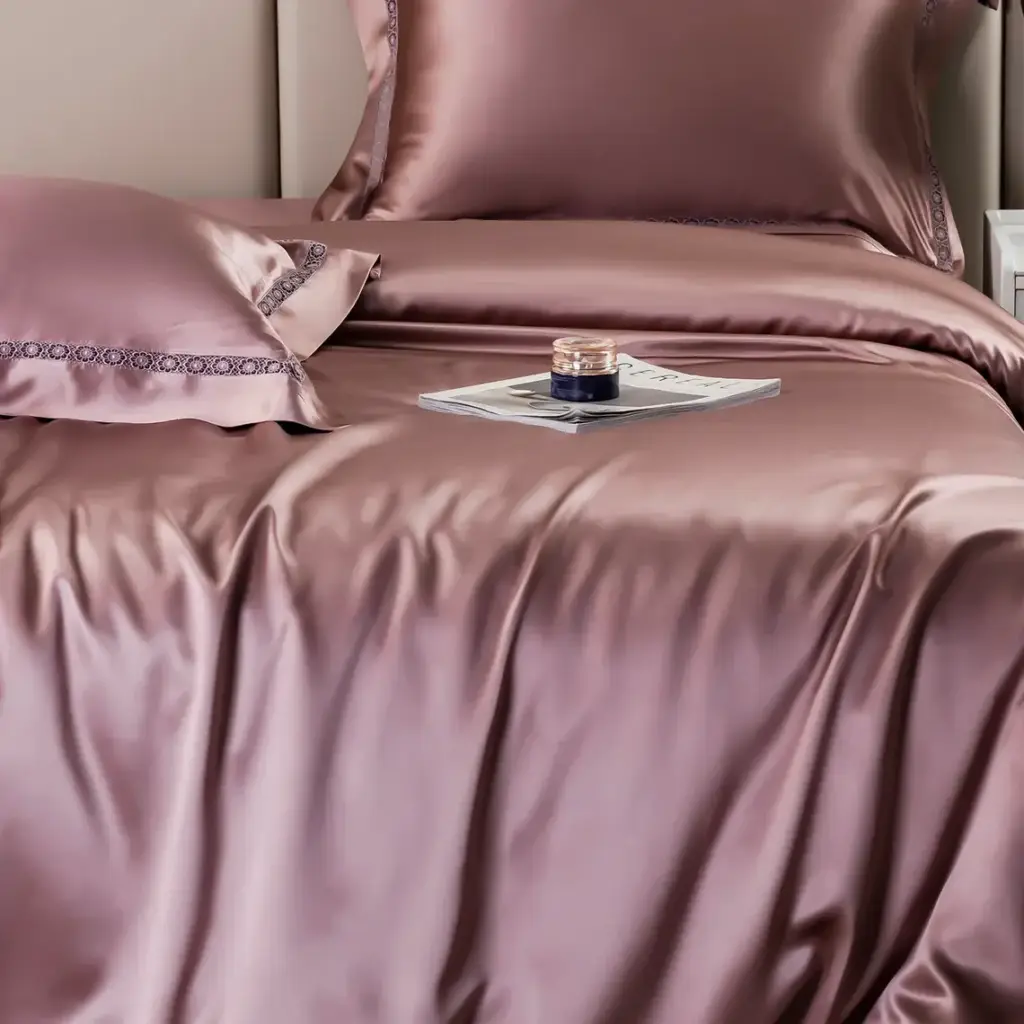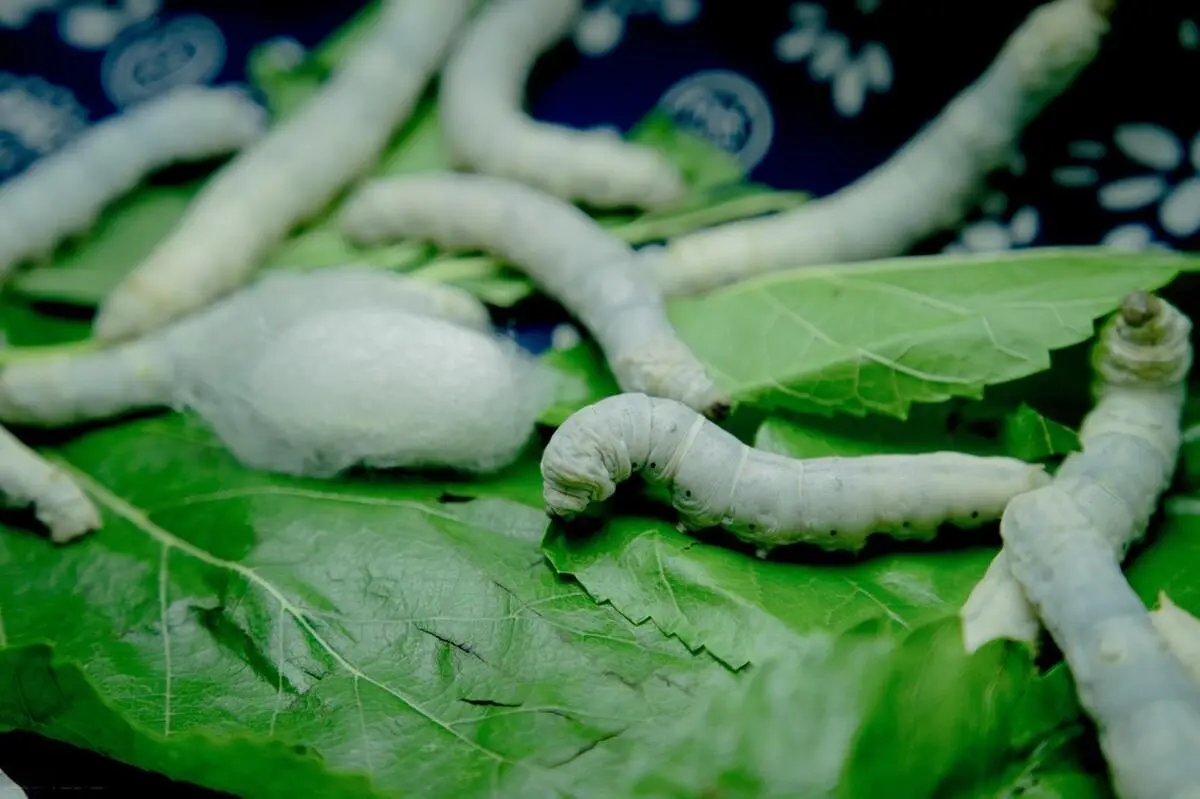“What made Chinese silk so much better than what was already available in Europe during medieval times?”
This intriguing question on Quora captures a truth that has been known for over two millennia: Chinese silk is unmatched in quality, craftsmanship, and performance. From the ancient Silk Road to today’s luxury bedding, Chinese silk has maintained its status as the gold standard. But what makes it so special — then and now?
The Ancient Superiority of Chinese Silk
1. A 5,000-Year Tradition
Chinese silk production dates back to at least 2700 BCE. For thousands of years, China guarded the secrets of sericulture — the cultivation of silkworms and the processing of silk — making it the exclusive source of true silk globally.

2. Advanced Sericulture Techniques
What set Chinese silk apart in medieval times was the refinement of the entire process:
- Silkworm breeding: Domesticated Bombyx mori silkworms fed only mulberry leaves.
- Careful cocoon harvesting: Cocoon boiling and reel-spinning were performed with precision to avoid breaking the long, strong silk fibers.
- Dyeing and weaving: China developed superior dyeing and weaving techniques, producing vibrant, durable, and luxurious fabrics.
By contrast, medieval Europe had limited knowledge of silk production and lacked access to silkworms or the mulberry trees essential to their diet until the secrets of sericulture were smuggled out of China around the 6th century AD.

Chinese Silk in Modern Bedding Products
Mulberry Silk: The Luxury Standard
Chinese bedding products made from 100% mulberry silk still reflect that ancient expertise. The result is a natural fiber that:
- Feels incredibly soft and smooth
- Regulates temperature naturally (cool in summer, warm in winter)
- Wicks moisture while remaining breathable
- Is hypoallergenic and gentle on skin

Long-Strand vs. Short-Strand Silk
One key advantage in Chinese silk bedding is the use of long-strand silk, especially in silk-filled duvets and comforters. These strands are carefully layered by hand, ensuring:
- No clumping or cold spots
- Enhanced durability and shape retention
- A lightweight yet insulating feel
European silk, on the other hand, often uses short-strand silk or silk blends in textiles, which don’t match the feel, longevity, or performance of high-grade Chinese silk.
Technological Craftsmanship: Then and Now
While Chinese silk production began as a manual, artisanal tradition, modern Chinese manufacturers have merged ancient techniques with high-tech processes:
- Precision-controlled environments for silkworm breeding
- Machine-assisted reeling and layering for uniformity and cleanliness
- Stringent quality control and certifications (like OEKO-TEX)
This results in silk bedding that not only feels luxurious but also meets modern consumer standards for hygiene, safety, and eco-friendliness.
Feel the Difference: Chinese Silk vs. European Silk
| Feature | Chinese Mulberry Silk | European Silk (General) |
|---|---|---|
| Fiber Length | Long-strand | Often short-strand or blended |
| Texture | Smooth, buttery, flowing | May be less smooth or uniform |
| Durability | High | Varies; short fibers degrade faster |
| Performance | Excellent temperature and moisture regulation | Depends on material and weaving |
| Hypoallergenic | Yes | Sometimes, but not always guaranteed |
Conclusion: From Ancient Trade to Modern Luxury
Chinese silk has been sought after for millennia — not just because it was rare, but because it was better. Today, that heritage continues in luxury bedding. When you sleep in bedding made with 100% mulberry silk from China, you’re not just enjoying a soft touch — you’re experiencing 5,000 years of perfected craftsmanship.
Looking for premium silk bedding? Explore our range of 100% mulberry silk comforters, pillowcases, and duvet covers — all made with authentic Chinese craftsmanship for the softest, healthiest sleep possible. Contact us for the leading bedding manufacturer cooperation


Leave a Reply